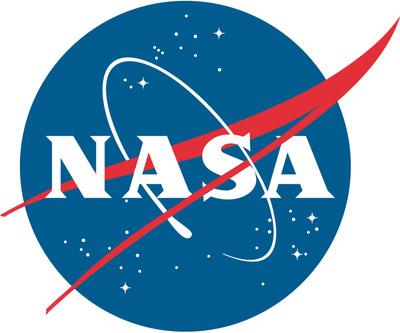
NASA Announces 2018 BIG Idea Challenge Finalists
Teams were asked to develop concepts for a reliable operating power source that could be put in place on Mars ahead of the arrival of the first humans. The challenge sought concepts for unique designs, installation and sustainable operation of a large solar-power system. Teams could address:
Texas A & M'sApplied Photovoltaic Power Array (APPA) system concept includes four 18-meter diameter solar array "umbrellas" using tethered telescoping booms.
The University of Colorado, Boulderproposes the Mars Autonomous and Foldable Solar Array (MAFSA) which utilizes flexible booms wrapped around a central hub to support four circular photovoltaic array segments.The University of Virginiaconcept includes two large, carbon-dioxide filled balloons that utilize the top-surface for flexible solar array blankets that maximize solar input and minimize dust accumulation.
Judges chose the finalists based on a review of competitive proposals from universities around the nation."I am really impressed by the number of proposals and the diversity of ideas," said Lee Mason, principal technologist for power and energy storage in NASA's Space Technology Mission Directorate."I can honestly say that the proposals introduced new and innovative ideas for solar array packaging that we haven't thought about before."
Over the next three months, teams will refine their proposed concepts into a 15-page technical paper, complete with original engineering and analysis. On March 6, 2018, they will convene at the 2018 BIG Idea Forum hosted at NASA's Glenn Research Center in Cleveland, Ohio, to present their concepts in an evaluative design review.For the five teams, the stakes are high. They are competing for a prize that could change their lives, as winning team members will receive offers to participate in paid summer internships with NASA.
"Harvesting the sun's power for life, exploration and work on Mars is a critical hurdle in our journey to becoming a two-planet species," said Shelley Spears, director of education and outreach at the NIA. "Engaging and challenging the next generation of bright minds to tackle this important technology gap moves us closer and closer to this goal. The excitement and enthusiasm the students bring to the opportunity is infectious and inspiring, and we are eager to see their final innovative engineering designs in March."The BIG Idea Challenge falls under the purview of NASA's Game Changing Development Program under the Space Technology Mission Directorate.
For more information about the challenge, and details on how to apply, visit the BIG Idea Challenge website atFor more information about NASA's Space Technology Mission Directorate, go to:
View original content with multimedia:
SOURCE NASA
Legal Disclaimer:
MENAFN provides the
information “as is” without warranty of any kind. We do not accept
any responsibility or liability for the accuracy, content, images,
videos, licenses, completeness, legality, or reliability of the information
contained in this article. If you have any complaints or copyright
issues related to this article, kindly contact the provider above.


















Comments
No comment